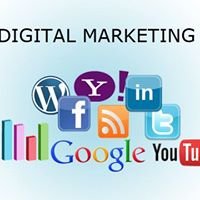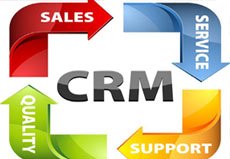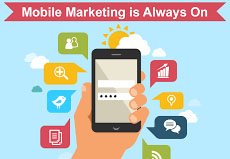Why use social syndication to amplify your content reach
The way we go to market to get our messages out to consumers has dramatically changed during the past five years. Social media syndication, in particular, has become a critical tool in getting messages heard by a large network of channel partners. Why the focus on social media? Because the business of marketing is no longer just a function of advertising and public relationship activities. Marketing has evolved into a discipline that integrates technology, processes and people to create and distribute messaging and managing reputation around the core brand promise.
Process and technologies are critical pieces of the puzzle, but with the advent of social media marketing, people (customers, employees, partners, industry watchers, etc.) have moved to the center of this new era of marketing. No longer is there a monologue that supports brand messaging. Instead, marketing it is very much dependent on public dialogue and conversations that dynamically determine the depth and breadth of the brand. And, when it comes to channel marketing automation, social media syndication not only plays a critical role in creating and managing brand presence and promise, but also becomes a critical tool for lead generation via the channel.
1: Biz Sugar
BizSugar is a community site that allows entrepreneurs, small business owners, publishers and bloggers to share, discover and comment on small-business content.
Bloggers can increase the visibility of their content, drive additional traffic back to their sites and network with entrepreneurs and small business owners. Plus, readers can discover small business–focused content rated by the community and add their own comments and questions.
The site accepts blog posts and videos containing advice, tips, news or resources of interest to small business owners, managers and entrepreneurs. Content is then voted on by the community, with the best content advanced to the “hot” section or homepage of the site. The most popular content gets into the weekly top 10, where it’s also highlighted in the BizSugar Friday newsletter.
Price: Free
BizSugar operates similarly to syndication sites like Business2Community, Social Media Informer or B2B Marketing Zone, but is focused solely on small business content. Editors and the reader community keep the site virtually spam-free.
2: Publish on LinkedIn
Publishing on LinkedIn is a phenomenal way to be seen by not just your network, but also by plenty of others who use LinkedIn. (If you don’t already have access to LinkedIn Publisher, be patient. It will be rolled out to all members soon.)
For best results, create unique content for LinkedIn (don’t recycle your old blog posts) and optimize headlines. There is no word-count limit, but fewer than 500 words probably isn’t worthwhile and more than 1,500 is likely overkill, so that’s a good range to stay within. The most popular topics on LinkedIn include leadership, professional self-improvement, productivity and customer service.
LinkedIn shares the top published posts on LinkedIn Pulse, which increases your visibility.
Your long-form published content on LinkedIn may be featured on Pulse.
With more than 300 million members, LinkedIn provides exposure on the largest professionally focused social network. Unlike other social networking sites, LinkedIn members are there solely for professional guidance and networking. This makes it an ideal platform for publishing how-to or informative B2B content.
Price: Free
Just as not all of your tweets are seen by all of your Twitter followers (actually, only about 1.6% are) and not all of your Facebook status updates are seen by all of your friends, publishing on LinkedIn doesn’t guarantee a large audience. It’s got tremendous potential, but actual added brand exposure can be modest.

3: Share Articles With ExploreB2B
ExploreB2B is a social publishing platform for business content. Contributors publish articles with a focus on B2B communications. Then, exploreB2B spreads the word using its social media presence. They have more than 800,000 followers/fans spread over various accounts.
While many other outlets focus on increasing the reach of influencer content, exploreB2B seeks to increase the reach of the average businessperson.
Price: $12 per month; 30-day free trial.
Note: While early adopters of the platform were primarily in marketing or technology, the site has expanded the range of industries and topics covered. The company now maintains more than 25 different Twitter accounts. Its goal is to become the Huffington Post or BuzzFeed of the B2B world.
4: Automate With Bundle Post
If you want to amplify your brand using other people’s content, check out Bundle Post.
Bundle Post automates content curation and social sharing. It enables social media marketing professionals, social media agencies and brand marketers to add feeds and alerts.
The system aggregates, ingests and saves the latest posts from each feed multiple times a day. Posts are formatted and ready to be selected for scheduling. Users have complete control over what is shared, and can find, schedule and hashtag the most recent unique content for 3-5 days in about 20 minutes.
Bundle Post helps you discover great content to share.
Price: $20-$100 per month; 30-day free trial.
The social media management platform improves the efficiency of content discovery, scheduling and hashtagging. It’s also a repository of brand content users can schedule to insert in their social sharing streams.










